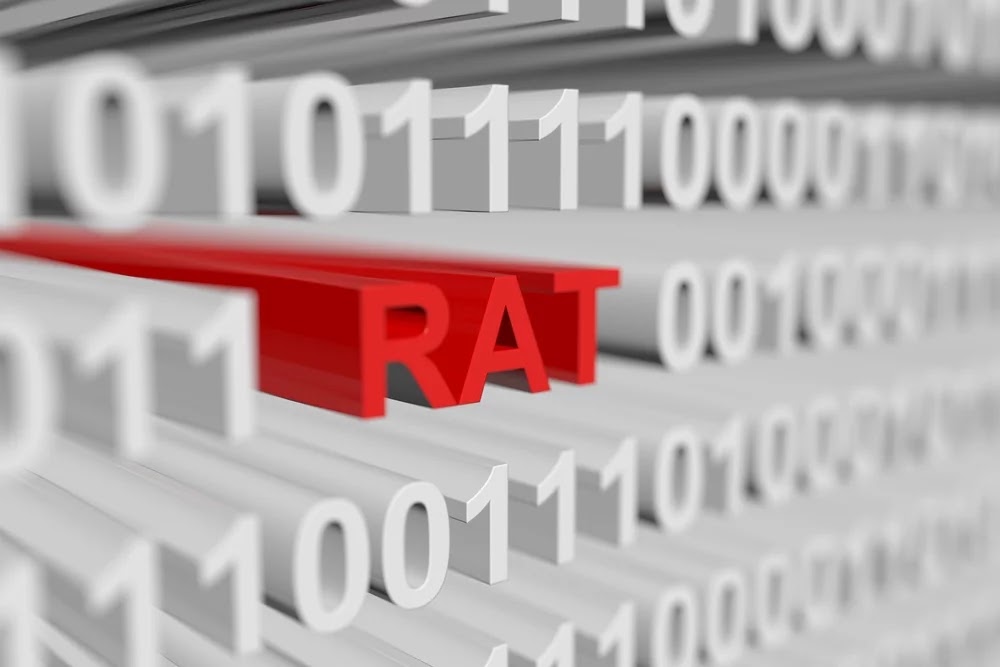DETAILS
When executed, OO.exe will copy and execute itself in the %TEMP% directory, setup persistence (see persistence), and kill the original executable . The program will then add a firewall rule with the following command:- netsh firewall add allowedprogram "[malware path]" "[malware name]" ENABLE
Once network access has been achieved, the trojan will beacon to the C&C server found in it’s configuration. The configuration for the current file contains various parameters to include current MUTEX and the C&C IP/Port. These settings can be found near offset 0x4a9a as depicted in the image to the right.
- download files from a remote computer and/or the Internet
- run executable files
- update itself to a newer version
- uninstall itself
- send the list of running processes to a remote computer
- terminate running processes
- execute shell commands
- delete Registry entries
- create Registry entries
- capture screenshots
DROPPED FILES
- C:\Users\User\AppData\Local\Temp\OO.exe
PERSISTENCE
- C:\Users\User\AppData\Roaming\Microsoft\Windows\Start Menu\Programs\Startup\OO.exe
- HKEY_LOCAL_MACHINE\Software\Microsoft\Windows\CurrentVersion\Run\[path-to-malware\OO.exe]
NETWORK PROTOCOL ANALYSIS
The first 4 bytes represent packet length [TotalPacketLength - 4] in ASCII. The ASCII number takes up the first 3 bytes and must be NULL terminated at the 4th byte.
NETWORK PROTOCOL COMMAND TABLE
Disassembling Bladabindi reveals the command table function “Ind”. Many of the commands were implemented through dynamic network analysis. Some command functionality was determined through code analysis and not replication.NETWORK VULNERABILITY
The network protocol used by this RAT is easily interpreted using common techniques. The lack of authentication with the C&C and the failure to employ basic encryption/obfuscation leaves this RAT vulnerable to tampering/exploitation.DETECTION
The following SNORT Signature will detect Bladabindi network communications.
- alert tcp any any -> any any ( msg:"Bladabindi RAT Network Traffic"; pcre:"/^[0-9]{3}\0[a-zA-Z]{2,4}\|'\|'\|/"; )




